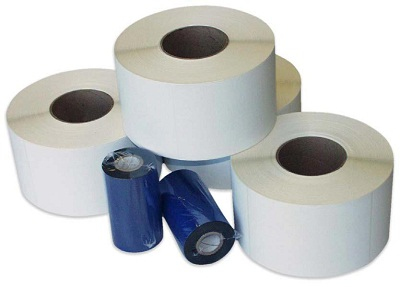Differences Between Thermal Transfer and Direct Thermal Labels

Your company is likely in need of good labels if you have products to sell. Having access to quality labels from a reliable source is important in the business world. This is definitely the case when you’re dealing with products that need to have special types of labels put on them. One special type of label that businesses often need help with is thermal labels.
If your company is looking to buy thermal labels for some of your products, then you should understand that it’s important to know exactly what you need. There are certain differences between thermal transfer labels and direct thermal labels. In order to make an educated decision between the two, it’s recommended to learn more. When you understand how the two differ from one another, you will be better equipped to make the decision about which method will be the best fit for your products.
Understanding Direct Thermal Labels
In order to best understand what the differences between the labelling options available to you are, you need to learn how the process works in both ways. For the direct option, you should know that there is a chemical layer applied to the material the label is being printed on. This is activated by heat and as the printer heats up, the image will be created on the label. This is an easy way to print a variety of different information onto your labels.
These direct thermal labels are very popular in retail environments. You’ll commonly see labels printed using this method in the frozen meat section of your local grocery store. This label printing method even works very well for printing information on something such as a milk carton. It’s a versatile printing option that is definitely a go-to solution for many businesses.
Understanding Thermal Transfer Labels
The other option that you have available to you differs in a few important ways. There is a finish used with these printers that will work with ink transferred from the ribbon and then onto the label itself. The ribbon is placed on the label through the print head. The print head starts to heat up and then the ribbon begins transferring the image onto the label.
As you can tell, the difference between the two methods available is a bit technical. The important thing to take away from this lesson is that thermal transfer labels are good options for things where the direct method isn’t the ideal choice. It works great when you’re expecting the labels to be exposed to a lot of moisture or if you know that they will be rubbing up against things. The print quality of the ribbon used in this method is also superior for many purposes.
Making Your Decision
You can make your decision once you know what each method brings to the table. Both of these label printing methods are useful for certain situations. Think about the needs of your business and what would be suited the products you need labels for. You’ll come to the proper conclusion now that you have all of the right knowledge on the subject.
This article was provided by Shop4Labels.co.uk
